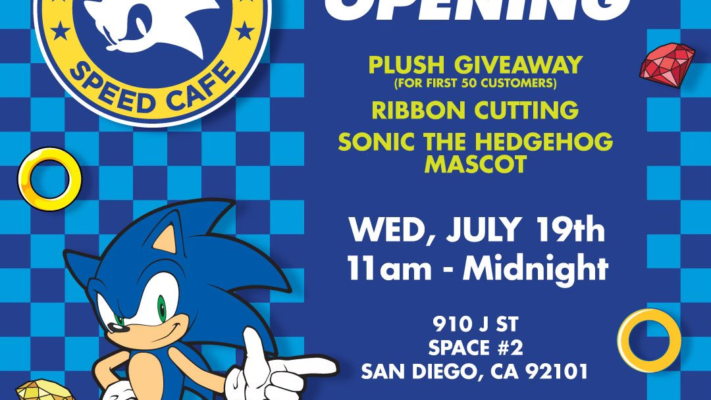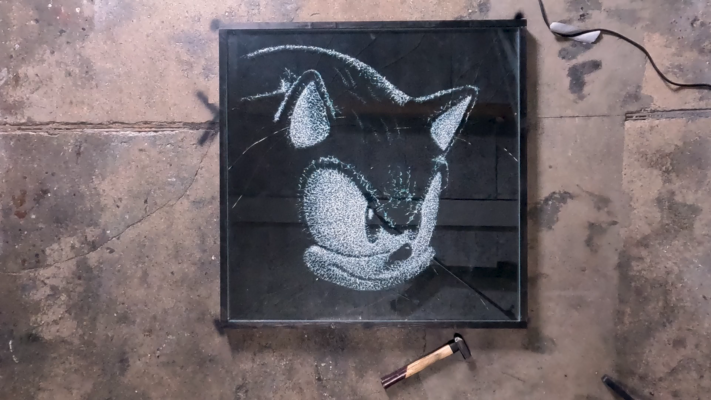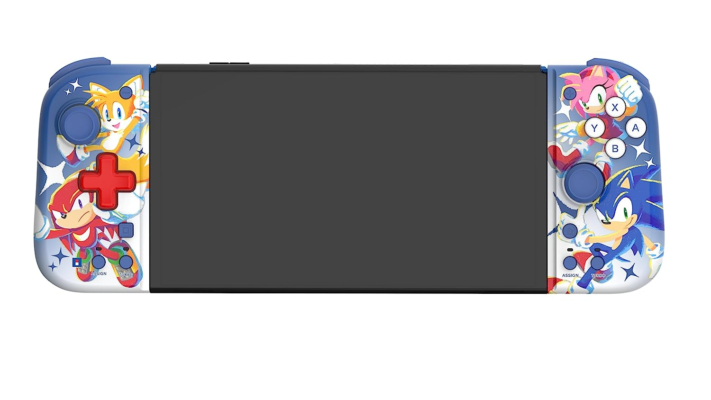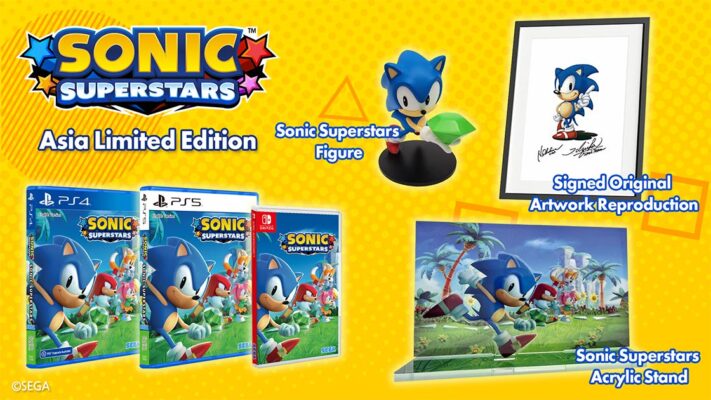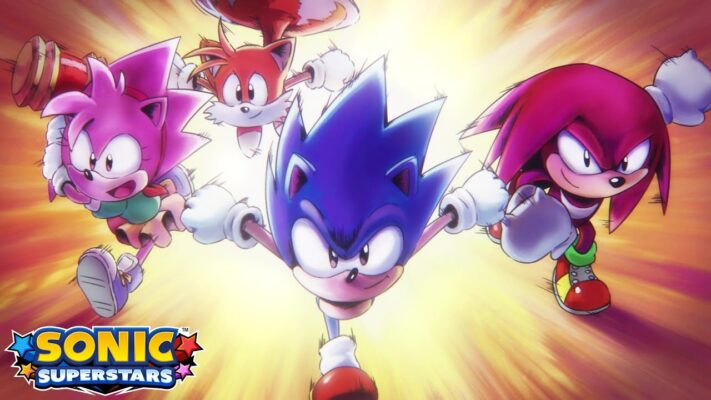The Wall Street Journal previously reported that SEGA would soon be acquiring the mobile video game developer Rovio Entertainment Oyj, the official announcement from SEGA of Japan came this morning via a press release stating that the acquisition cost 706 million Euros (772 million USD).
With over 5 billion downloads, Rovio is best known for its global Angry Birds brand, which started as a popular mobile game in 2009 and has since expanded into various entertainment, animation, and consumer products through brand licensing.
SEGA, plans to accelerate its growth in the global gaming market by generating synergies between SEGA’s existing businesses and Rovio’s strengths. SEGA aims to leverage Rovio’s distinctive know-how in live service mobile game operation. This will help bring SEGA’s current and new titles to the global mobile gaming market, with tremendous potential to reach many users.
SEGA believes that Rovio’s platform, Beacon, holds 20 years of high-level expertise in live service-mobile game operation centered around the United States and Europe. By sharing know-how about multi-media expansion of global characters, both companies aim to rapidly expand their fanbase. For example, Rovio and SEGA have both extended their IPs, “Angry Birds” and “Sonic the Hedgehog,” to various media outside of video games, such as movies, animation, and merchandising. As a result, they hold a strong fanbase worldwide, as well as valuable know-how regarding IP expansion.
Another area of focus for SEGA and Rovio is cross-platform expansion of Rovio’s IP using SEGA’s capabilities. Rovio aims to expand its platform beyond mobile gaming, and SEGA will actively support this process through its capabilities.
What do you think of this new acquisition from SEGA? Are you looking forward to more potential Angry Birds collaboration events in other SEGA games? Let us know down below, and stay locked to Sonic City for more news and updates!
Source: SEGA Press Release
Discover more from Sonic City ⋆★ Sonic the Hedgehog News, Media, & Community ★⋆
Subscribe to get the latest posts sent to your email.


